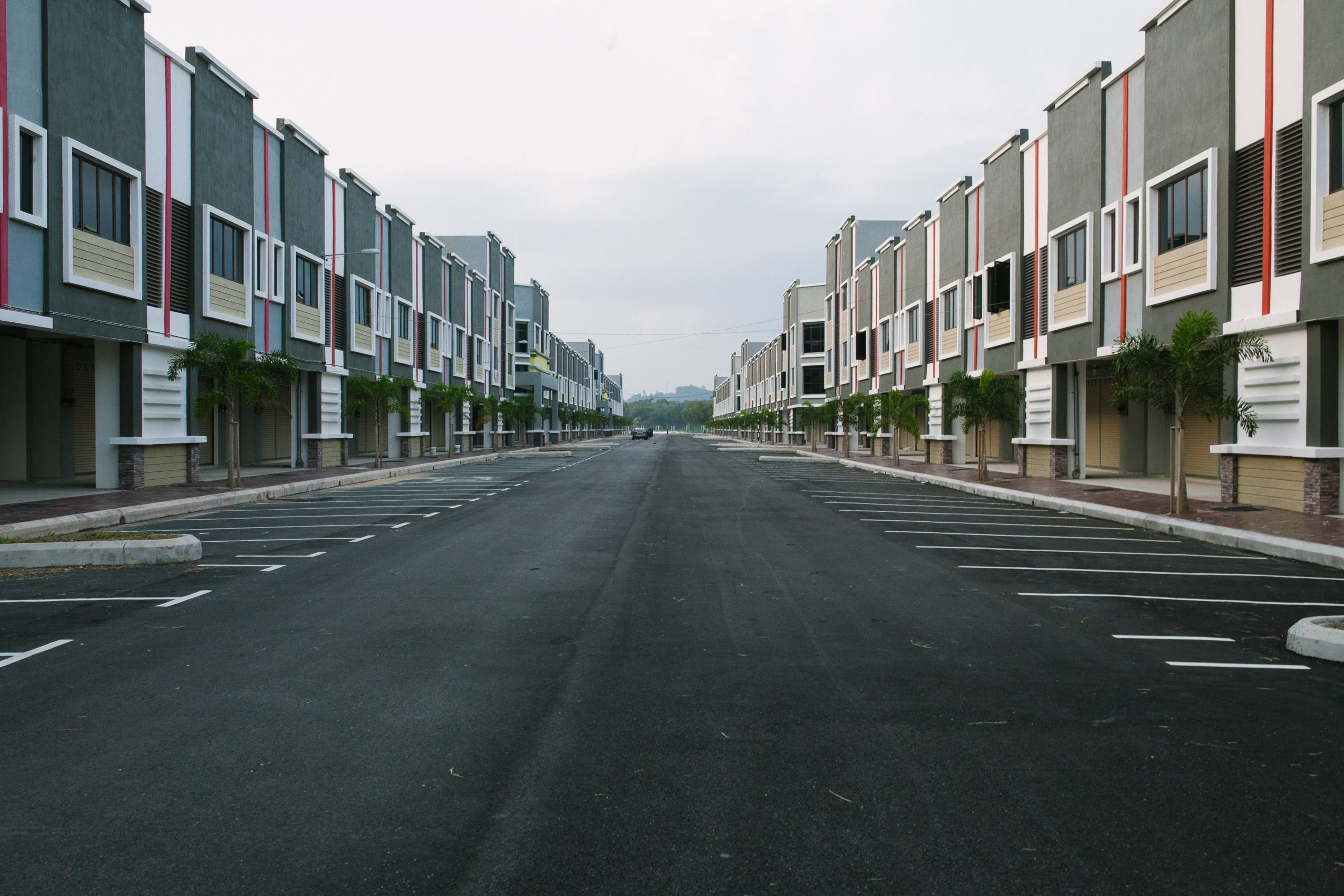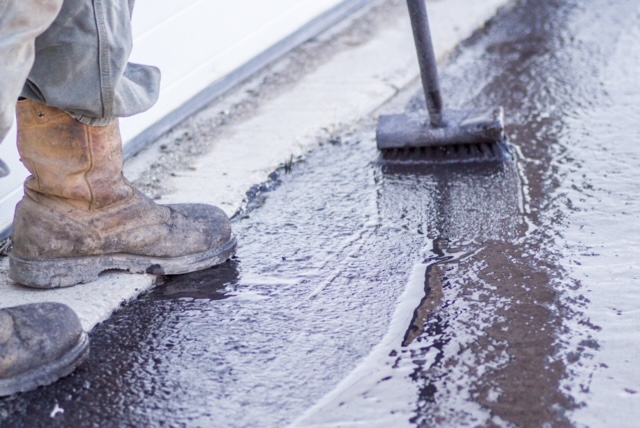
Sealcoating
seal·coat·ing (sēl-kō′tĭng)
noun
1 the application of a sealing coat to a paved surface in order to prolong its integrity.
verb
1 the act of beautifying and extending the life of a paved driveway or parking lot.

Sealcoating Facts:
- UV rays from the sun, and inclement weather such as rain, snow and ice can all damage your asphalt driveway over time, causing premature fading, cracking and pothole formations. Sealcoating protects your asphalt from these elements.
- Sealcoating accelerates the melting process of snow and ice on pavement surfaces. The black color absorbs heat and energy produced by the sun, which results in higher surface temperatures. This helps to protect against water penetration, rain, frost and snow damage.
- The price of asphalt will always be affected by crude oil, which fluctuates when supplies vary. The low cost of regular sealcoating can save you money in the long run. A properly maintained and sealed asphalt surface has an extended lifetime and reduces long-term repair costs. Sealcoating preserves asphalt for pennies per square foot.
- With exposure to the elements, asphalt pavement fades from black to gray and eventually to nearly white in appearance. A fresh sealcoat application enhances the appearance of asphalt, making it look and wear like new.
- Prior to pavement sealing, the asphalt surface should be cleared of all dirt and debris. In addition, cracks should be filled with crack seal.
- Sealcoating is typically done using one of two application methods: spray or squeegee.
- Sealcoated parking lots are striped after completion. Striping improves the appearance of the location, is essential for safety within parking lots, assists with traffic flow and is governed by ADA requirements.
